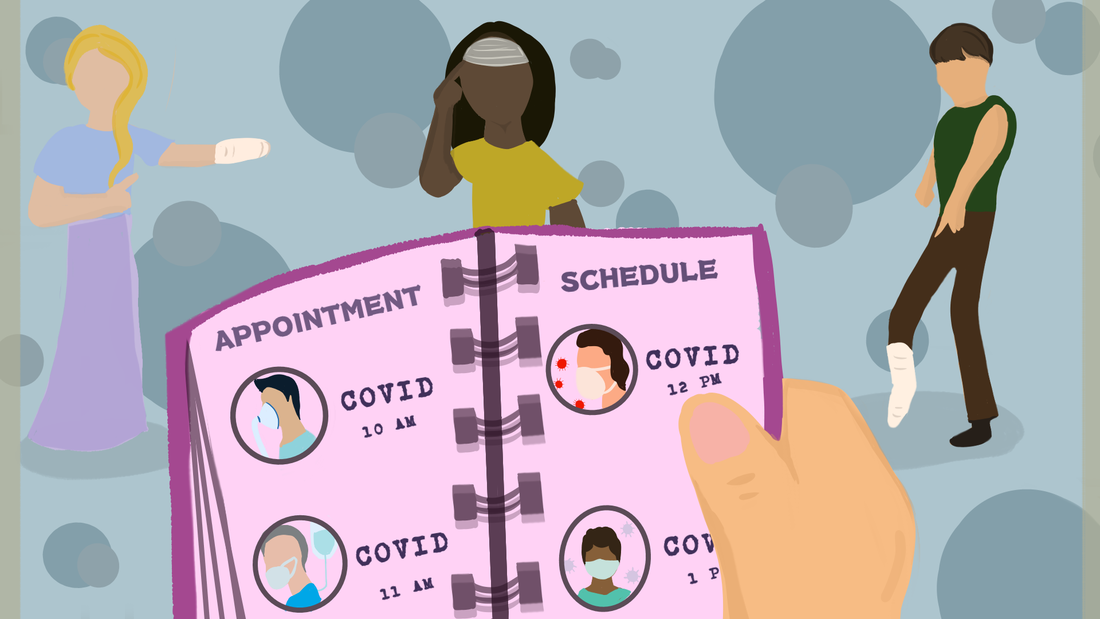|
Interview by: Makena Binker Cosen (CC ‘21)
The following is a heavily condensed version of the full interview. If you're interested, read more here. What inspired your current COVID-19 research project? During the early days of the pandemic, I felt myself wishing there was something I could do to help. Then, I started thinking, maybe there’s a way we can apply policy or economics to evaluate ongoing responses to coronavirus. Towards the end of March, I noticed that many elective procedures and other in-person visits were being postponed or cancelled for non-COVID patients. That got me thinking about the many indirect effects the pandemic is having on healthcare. Also, people who used to get routine care were avoiding healthcare settings due to fear over potential COVID exposure. Meanwhile, people still need treatment for heart attacks, strokes, and cancer. Overall, there has been a tremendous shock to the healthcare system, for both patients and providers. What are your current project’s research aims?
To specifically study health outcomes among non-COVID patients, we could also use electronic health record data from hospitals. The approval process to access that data can be a bit lengthy. However, once we find a willing partner to provide health record data, analyzing it and developing preliminary results should only take a month or two. The second challenge is methodological. Let’s say we identify some effect on health outcomes for non-COVID patients — how do we know it was caused by a delay in their treatment and not by other factors, such as sudden unemployment or the loss of health insurance? There are many confounding factors that make it tricky to isolate a particular causal relationship. Moving forward, what do you think the broader impacts of the pandemic will be?
insurance coverage. The possibility of another economic downturn, like what is happening now, will challenge employers to reconsider how they structure their benefit packages and their general approach to worker health. If anything, we now see the importance of innovations that employers are testing to encourage improved quality and efficiency of care, and to restructure the way that employee healthcare is delivered and paid for.
0 Comments
Your comment will be posted after it is approved.
Leave a Reply. |





